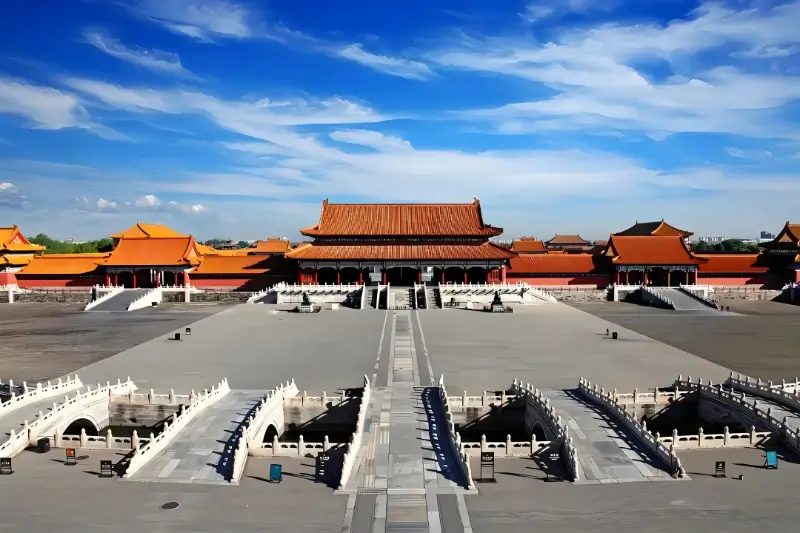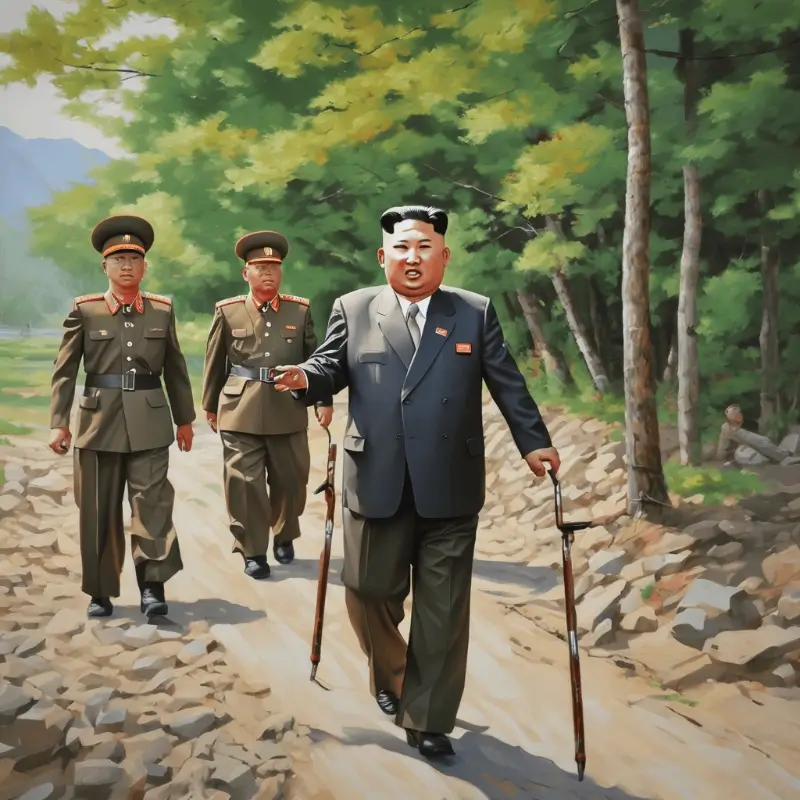why are there no trees in the Forbidden City?
The Forbidden City, the former Chinese imperial palace located in the center of Beijing, does not have a notable absence of trees today. In fact, it contains various types of trees, particularly in the open spaces and gardens. However, the layout and design of the Forbidden City were planned with strict symmetry, symbolism, and functional considerations.
During the Ming and Qing dynasties, the Forbidden City was designed as a grand palatial complex with carefully planned structures, walkways, and courtyards. The primary buildings and ceremonial spaces were constructed without trees to maintain clear lines of sight and to emphasize the majesty and importance of the architecture. Trees could obstruct views and were not planted near the main halls for reasons of safety (fire prevention) and aesthetics.
Nonetheless, the Forbidden City is surrounded by and interspersed with various gardens, including the Imperial Garden (Zhou’en Garden) at its northern end, where trees and plants are abundant. Additionally, throughout the complex, you’ll find smaller gardens, enclosed courtyards, and ornamental plantings that serve both aesthetic and symbolic functions.
So, while trees are not a dominant feature of the major architectural spaces within the Forbidden City, they certainly exist and contribute to the overall beauty and harmony of the palace grounds. The lack of trees in certain areas is part of the deliberate and strategic planning that went into designing this UNESCO World Heritage Site.



